This video describes how to kill common and Dalmatian toadflax using Green Shoots foam herbicide Common toadflax also known as butter and eggs (Linaria vulCommon Name BASTARD TOADFLAX FAMILY Habit Perennial herb, subshrub, green rootparasite;All parts are hairless

Southwest Colorado Wildflowers Comandra Umbellata
Bastard toadflax image
Bastard toadflax image-Of the 101 images in Larry Kanfer's popular 1987 book of photographs, To most such Illinoisans, the recurring efforts to bring back the bastardtoadflax must seem noble but a bit nutty, like attempts to restore Gaelic to Wales As the scope of restoration expands, nature will increasingly compete with other — mainly recreational — usesComandra Umbellata, Bastard Toadflax Comandra umbellata is the one species of a monotypic genus, and is widespread across the west and north of the US, in the former concentrated in Arizona, Utah and the Rocky Mountain states Plants are partly parasitic, and often form large clumps, spreading via roots




Bastard Toadflax Flower Chasers
Shores, open forests (oak, aspen, jack pine) and clearings, dunes and ridges, sometimes in moister ground or at the borders of lakes and marshes In such characters as leaf size, depth of rhizome, shape of inflorescence, and sepal length, this is an extremely Posts about bastard toadflax written by brettpeto Post by Brett Peto Good things start at seven in the morning That's when our group of four hiked 15 minutes offtrail into the heart of Middlefork Savanna in Lake Forest, part of the Lake County Forest Preserves in northern Illinois The air was warm, the sunshine spread everywhereInformation and translations of bastard toadflax in the most comprehensive dictionary definitions resource on the web
Definition of bastard toadflax in the Definitionsnet dictionary Meaning of bastard toadflax What does bastard toadflax mean?Bastard toadflax reproduces both sexually and vegetatively Sexual reproduction is less common, but more important for dispersal over greater areas During vegetative spreading, plants send out numerous shoots or ramets, and a single clone may cover up to 90 square yards This type of reproduction is especially important in shady areas andComandra umbellata, bastard toadflax, is a rhizomatous perennial forb with glaucous and glabrous stems and leaves, flowers congested at the terminal end of the main stems, and berrylike drupes that often bear the hypanthium and tepal lobes at the distal end combine to distinguish this genus (with one species), which is commonly found in the sagebrush steppe and similar open dry
Propagating false toadflax, Comandra umbellata Posted on by Grassland Restoration Network Blog published by Bill Kleiman Bastard toad flax (Comandra umbellata) is a hemiparasitic plant prominent in most of the remnant prairies at Nachusa Grasslands It is known to lightly parasitize most all of its neighborsComandra is a monotypic genus containing the single species Comandra umbellataIts common names include bastard toadflax, umbellate bastard toadflax, and common comandra The plant has a disjunct distribution;Dalmatian toadflax Common name (s) Dalmatian toadflax, wild snapdragon Scientific name Linaria dalmatica Family Plantain family (Plantaginaceae) Reasons for concern The bright, showy flowers of this introduced ornamental belie its invasiveness and ability to compete with shallowrooted natives Its horizontal creeping rhizomes have



Comandra Umbellata Bastard Toadflax Minnesota Wildflowers




File Bastard Toadflax Comandra Umbellata Schulenberg Prairie Flickr Jay Sturner Jpg Wikimedia Commons
Datasets have provided data to the NBN Atlas for this species Browse the list of datasets and find organisations you can join if you are interested in participating in a survey for species like Puccinia thesii (Desv) ChailletCalPhotos Number of matches 34 Query SELECT * FROM img WHERE ready=1 and genre = "Plant" and taxon = "Comandra umbellata ssp californica" ORDER BY taxon Click on the thumbnail to see an enlargement Comandra umbellata ssp californica Bastard Toad Flax ID 0000 0000 0402 0305 detail The Bastard Toadflax is also a hemiparasite and the sponging element of its life style may account for its odd common name I've done a bit of shooting, and will do a bit more before leaving, and will post up some cool (I think) stuff later If interested in an image(s), please feel free to contact me at jimmccormac35 AT gmailcom




Comandra Umbellata Bastard Toadflax Santalaceae




Bastard Toadflax A Parasitic Woodland Herb
Angiospermae (enclosed seed) Class Dicoteldonae (two seedleaves) Family Santalaceae (Sandalwood Family) Genera Geocaulon (Northern Comandra) (Gk geo=earth caulis=a stalk or stem;Its four subspecies occur in North America and the MediterraneanStems, leaves glabrousLeaf entire, simple reduced to scales, alternate;




Comandra Umbellata Bastard Toadflax Bluestem Prairie Scientific And Natural Area Inaturalist
/Toadflax(Bastard)_thesium_humifusum_2559492100_BastiaanBrakp777.jpg)



Toadflax Bastard Bastard Toadflax Wild Flower Finder
Download Toadflax images and photos Over 2 Toadflax pictures to choose from, with no signup needed Download in under 30 secondsIts four subspecies occur in North America and the Mediterranean Comandra is a perennial herb growing about 8 to 34 cm tall The leaves are up to 3 3 cm long and are alternately arrangedStems erect, simple, 10–25 cm, usually clustered Leaves sessile, thick, glaucous, lanceolate, 1–3 cm long Inflorescence a hemispheric cyme, terminal and from uppermost leaf axils




Alpine Bastard Toadflax Thesium Alpinum Flowers Switzerland Stock Photo Picture And Rights Managed Image Pic Bwi Bs Agefotostock



Comandra Umbellata Page
Bastard toadflax (Comandra umbellata), Belmont Prairie Nature Preserve, Downers Grove, IL () Bastard toadflax is the only plant in its genus, and it has a certain nostalgia for me When I first began volunteering on the prairie more than two decades ago, I saw this tiny flower while I was bent over weedingBastard Toadflax (Comandra umbellata), is also found in dry prairies across Minnesota, blooming in May to July Its white to pinkish flowers are 1/8 to 1/4 inch across and found at the top of an erect, smooth stem The leaves are alternate, 1/2 to two inches long, and Throughout Kansas Uses Native Americans used the fruits of bastard toadflax as a minor food source and treated cuts, sores, and eye inflammations with a wash made from the plant Comments Bastard toadflax is partially parasitic on other plants Its roots penetrate those of nearby plants to obtain nutrients and water



Bastard Toadflax The Echinacea Project
/Toadflax(Bastard)_thesium_humifusum_5550925391_BastiaanBrakp6.jpg)



Toadflax Bastard Bastard Toadflax Wild Flower Finder
Comandra umbellata subspecies pallida (Bastard Toadflax) Santalaceae (Sandalwood Family) Semidesert, foothills Meadows, openings Spring, summer Canyonlands National Park, Comandra umbellata is hemiparasitic, sometimes attaching itself to the roots of other plants and deriving at least some nourishment from them It has greenBastard toadflax In bastard toadflax for plants of the genus Thesium, which also has species distributed throughout Africa, Asia, and South America The bisexual yellow or yellowish green flowers are grouped in terminal clusters, and the oneseeded fruit is dry and greenInternal transcribed spacer 2, complete sequence;




Vegetation Around Las Vegas Bastard Toadflax Comandra Umbellata




File Bastard Toadflax Comandra Umbellata Washington Island Wisconsin Jpg Wikimedia Commons
Moth Mournfull Thirlis (Thyris sepulchralis) with Bastard Toadflax Photos by Christopher Zabawa Bastard Toadflax (Comandra umbellate) Found in dry open areas, field and prairies throughout most of the United States and Canada, except Florida and Louisiana, the native plant, False Toadflax or Bastard Toadflax blooms in mid spring to early summerBrowse 217 toadflax stock photos and images available, or start a new search to explore more stock photos and images botany plants antique engraving illustration linaria maroccana, moroccan toadflax toadflax stock illustrations Bastard Toadflax Toadflax wild flowers are in bloom at Chautauqua Park in Boulder on Friday afternoon, June 5 Description Pale bastard toadflax is a 4 ″ to 12 ″ tall, erect, often branched, leafy, perennial herb that rises from fibrous roots and horizontal rhizomes It often forms colonies and a single clone can cover a large area It is semiparasitic, deriving water and nutrition from the roots of other plants, but also getting nutrition from photosynthesis




Southwest Colorado Wildflowers Comandra Umbellata




Bastard Toadflax Flower Chasers
Flowering plants typically have 1 to a few clusters Flowers are about 1/8 inch across, green to purple, starshaped with 5 triangular, petallike sepals In the center is a 5lobed nectary disk, the lobes alternating with the short, creamy yellow stamens, and a single stubby style in the center Flower stalks are short;Stamens opposite petals, on fleshy disk;Similar species White varieties of dalmation toadflax are sold under the name wild snapdragons These are treated as equally invasive These are treated as equally invasive Yellow toadflax or butter and eggs ( Linaria vulgaris ;
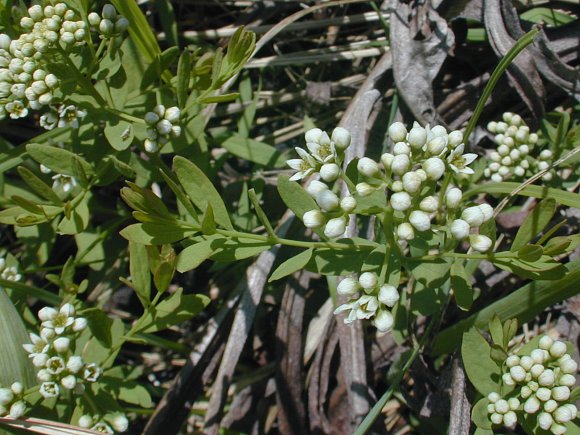



Bastard Toadflax Comandra Umbellata
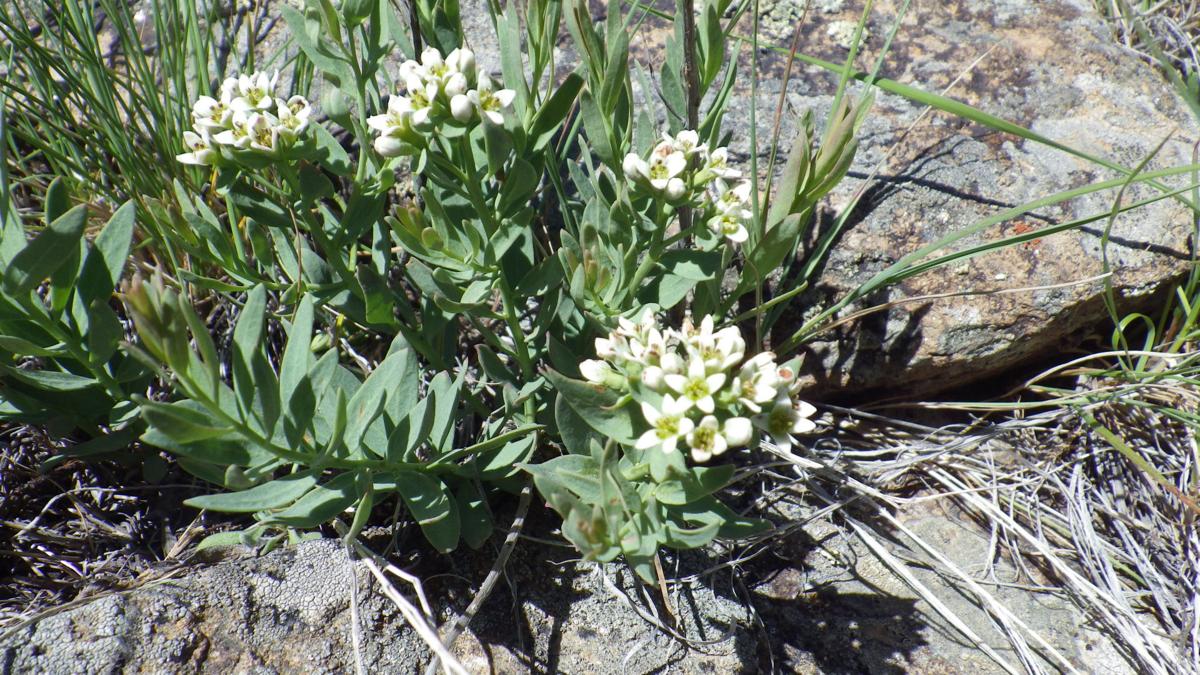



Bastard Toadflax Help From A Neighbor Open Spaces Trib Com
Taiga boreal forest floor nature background pattern of false bastard toadflax, geocaulon lividum, or northern comandra with ripe orange drupe fruits on peat moss and lichens ImageThesium humifusum Bastardtoadflax R DD N The attraction of Devil's Dyke at this time of year was the Lizard Orchid (Himantoglossum hircinum) but along with many other naturalists, we looked for butterflies and other flowers on the way to the known site In the grass, low down I spotted this small white flower which may be common to theAlpine bastard toadflax Antique Flower Illustrations "Antique 19thcentury illustration of alpine bastard toadflax Engraving by Jacob Sturm () from the book Deutschlands Flora in Abbildungen nach der Natur mit Beschreibungen (Nuremberg, 1862)CLICK ON THE LINKS BELOW TO SEE HUNDREDS OF SIMILAR IMAGES" toadflax stock illustrations
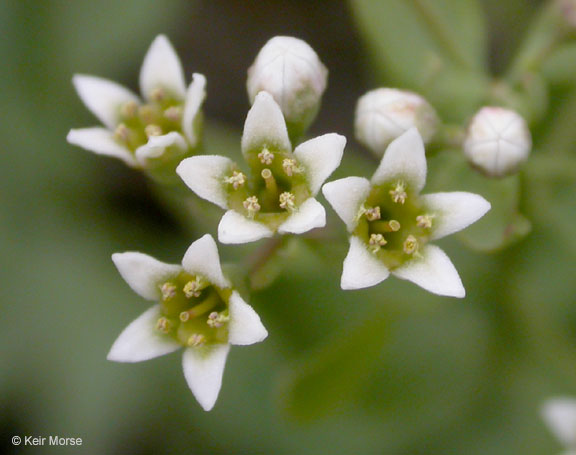



Comandra Umbellata Calflora




Bastard Toadflax Comandra Umbellata Santalales Santalaceae
Because Bastard Toadflax (Comandra umbellata) is the only member of its genus that occurs in Illinois, it is relatively distinct in appearance and easy to identify Some smallflowered chickweeds ( Stellaria spp , Cerastium spp ) superficially resemble Bastard Toadflax, but they can be distinguished by the notched petals of their flowers andBastard Toadflax is semiparasitic, feeding on other plants through its rhizomes The DNR lists 2 varieties in Minnesota var pallida, which has a waxy coating on leaves, and var umbellata, which lacks the waxy leaves There are no herbarium records of var pallida in Minnesota but it is most likely to be in western countiesAmarant, Bastardtoadflax, Knotweed & Blinks families The series Amarant, Bastardtoadflax, Knotweed & Blinks families for experts belongs to the group Plants in systematic groups – Switzerland and currently includes 2 Images of 26 Species



Comandra Umbellata Bastard Toadflax Minnesota Wildflowers



Toadflax Bastard Bastard Toadflax Wild Flower Finder
Internal transcribed spacer 2, complete Description Bastard toadflax is a 4 ″ to 12 ″ tall, erect, often branched, leafy, perennial herb that rises from fibrous roots and horizontal rhizomes It often forms colonies and a single clone can cover a large area It is semiparasitic, deriving water and nutrition from the roots of other plants, but also getting nutrition from photosynthesisReferring to the extensive underground stems of this species) Species




Bastard Toadflax Comandra Umbellata Desertusa




Bastard Toadflax Comandra Umbellata L Nutt
Taxonomy Scientific Name Kingdom Plantae Division Tracheophyta (vascular);Bastard toadflax WordReference English dictionary, questions, discussion and forums All FreeThesium humifusum voucher NMW980 58S ribosomal RNA gene, partial sequence;
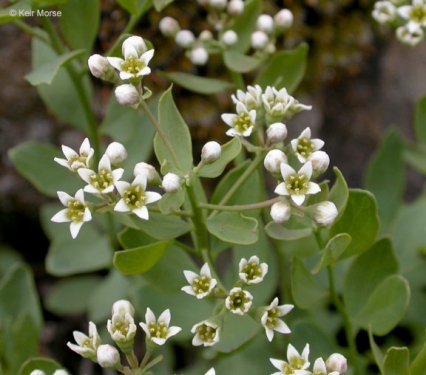



Bastard Toadflax Comandra Umbellata




Bastard Toadflax By Matthew Beziat Jungledragon
MaltaWildPlantscom is an internet online database of the wild plants growing on the islands of Malta and Gozo This is the profile for the plant Thesium humile / Field Bastard Toadflax / Maltese name not known Each plant profile in the database contains nomenclature info, botanical data, plant description, large, highresolution pictures, images and photos of the plants and its Comandra umbellata (L) Nutt Bastard toadflax is parasitic on the roots of trees and shrubs Family bastard toadflax (Comandraceae) Habitat dry fields, thickets, and open woods Height 618 inches Flower size 1/8 inch across Flower color white Flowering time April to June Origin nativeThe WTU Image Collection provides a comprehensive online collection of photographs and information for the vascular plants, fungi, and lichenized fungi of Washington state bastard toadflax 1 species 2 subspecies and varieties Show only taxa with photos Order by Scientific name Common name




Bastard Toadflax Comandra Umbellata Santalales Santalaceae




Bastard Toadflax Red Rock Canyon Las Vegas
Facts Bastardtoadflax is a hemiparasite, that is, it may attach specialized roots to the roots of a hostplant and derive some nutrients this way, although it also uses photosynthesis Native Americans used the seeds as a minor food source, and used other parts of the plant to treat colds, canker sores and sore eyesHuman Connections Despite its coarsesounding name, bastard toadflax is one of the hundreds of wildflowers that bejewel our native prairies The small, urnshaped fruits are edible, if eaten in moderation, and Native Americans appreciated their rather I look forward to seeing bastard toadflax photos It's a wonderful plant To clarify my earlier comment, we aren't able to create prairie plantings as diverse and complex as Tipton Prairie But we could have far better planted prairies with more diverse and interesting flowers and grasses if we protected fragile farmland with permanent high
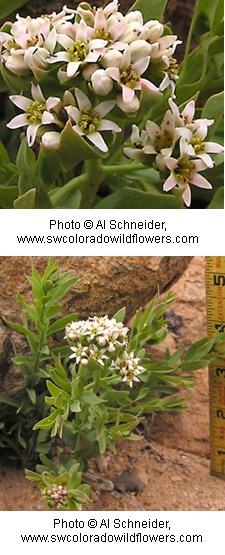



Bastard Toadflax False Toadflax Arches National Park U S National Park Service
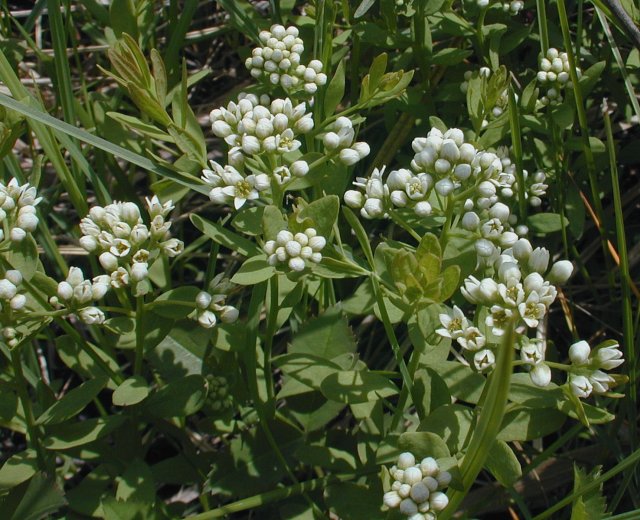



Bastard Toadflax Comandra Umbellata
Nonnative) is a similar species but with long, narrow leavesComandra umbellata (L) Nutt Sandy, gravelly, and rocky sites, often calcareous;Stipules 0Inflorescence generally small, simple or compound cymes, axillary or terminalFlower bisexual unisexual;




Bastard Toadflax Photograph By Scott Kingery
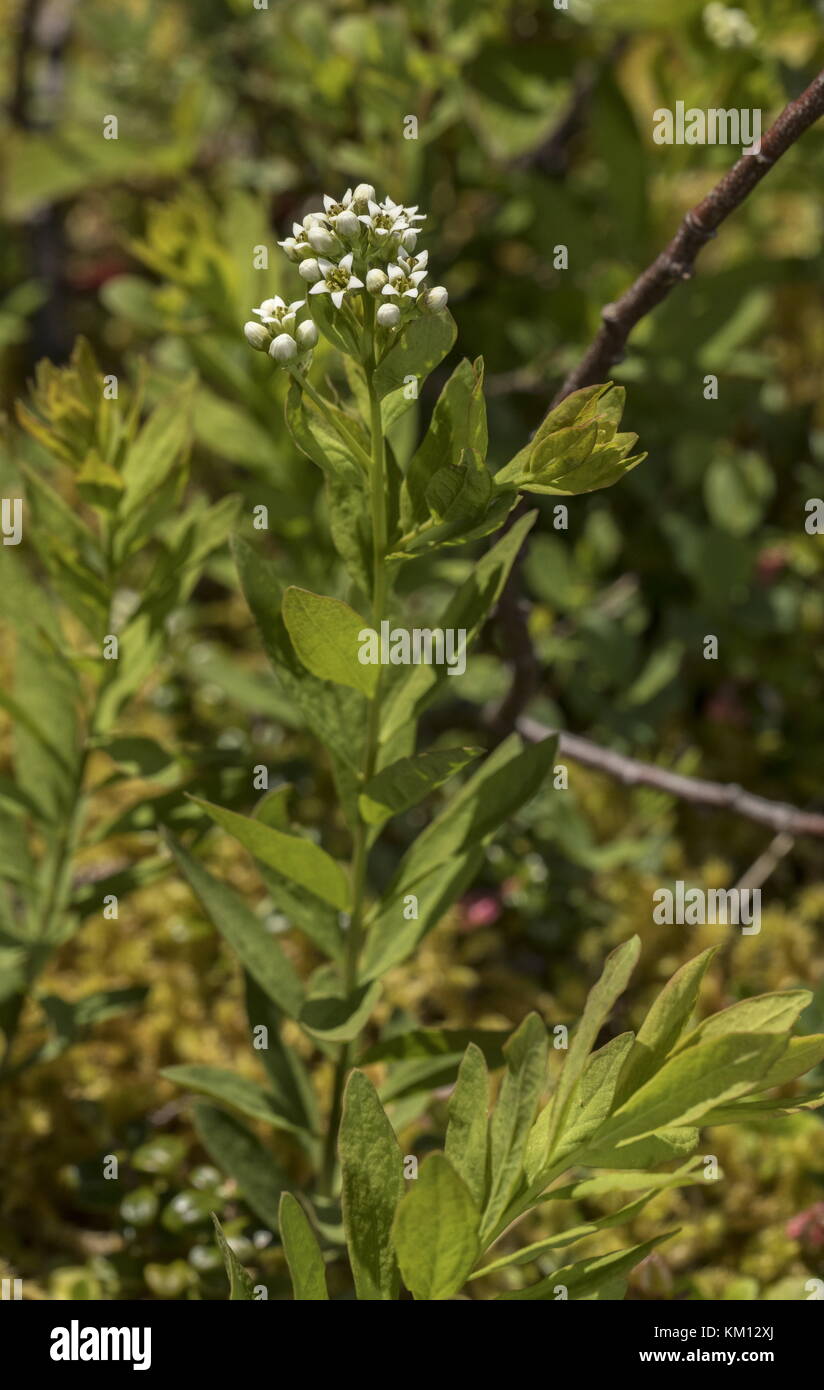



Bastard Toadflax Comandra Umbellata Hemi Parasite In Flower Newfoundland Stock Photo Alamy
The WTU Image Collection provides a comprehensive online collection of photographs and information for the vascular plants, fungi, Bastard Toadflax Family, Mistletoe Family, Sandalwood Family Synonyms Comandraceae JPM2 Viscaceae 3 genera 8 species 4 subspecies and varieties Show only taxa with photosIts common names include bastard toadflax, umbellate bastard toadflax, and common comandra The plant has a disjunct distribution;And 28S ribosomal RNA gene, partial sequence 442 bp linear DNA Accession KX GI Thesium humifusum voucher NMW4593 58S ribosomal RNA gene, partial sequence;
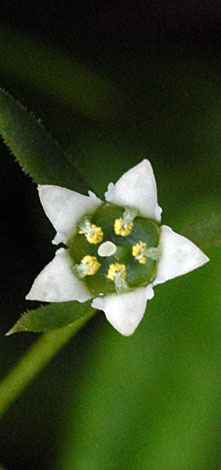



British Wild Plant Thesium Humifusum Bastard Toadflax



Bastard Toadflax Common Name Comandra Umbellata Ssp Pallida
Bastard toadflax, any of several small annual or perennial herbs of the sandalwood family (Santalaceae) that have narrow leaves resembling those of true toadflax (Linaria)In North America the name bastard toadflax refers to Comandra umbellata, the sole member of its genusThe plant is sometimes parasitic on the roots of other plants and has creeping roots, small white flowers




Comandra Umbellata




Bastard Toadflax Description Species Parasite Facts Britannica




Comandra Umbellata Bastard Toadflax Santalaceae




Comandra Wikipedia



Bastard Toadflax Montana Field Guide




Comandra Umbellata Bastard Toadflax Prairie Moon Nursery




Comandra Umbellata Bastard Toadflax Or False Toadflax Flickr




Bastard Toadflax Missouri Department Of Conservation



Bastard Toadflax Comandra Umbellata Wildflowers West




I Comandra Umbellata I A Bastard Toadflax



Comandra Umbellata Bastard Toadflax Southwest Desert Flora



Common Bastard Toad Flax Comandra Umbellata Var Californica Synonyms Comandra Californica Comandra Umbellata Ssp Californica



Bastard Toadflax Comandra Pallida Smithsonian Institution



Common Bastard Toad Flax Comandra Umbellata Var Californica Synonyms Comandra Californica Comandra Umbellata Ssp Californica
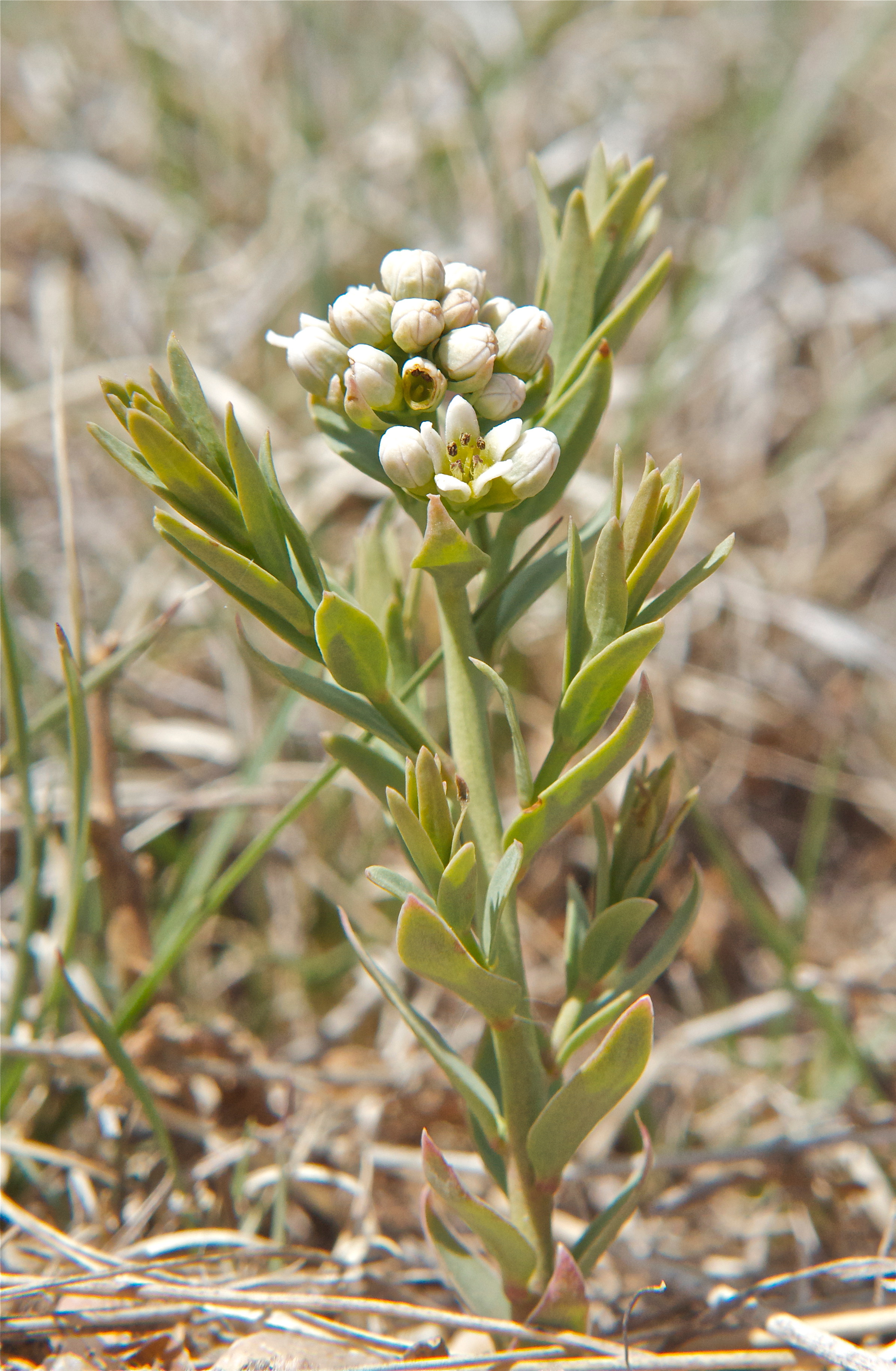



Bastard Toadflax Comandra Umbellata Plants And Animals Of Northeast Colorado
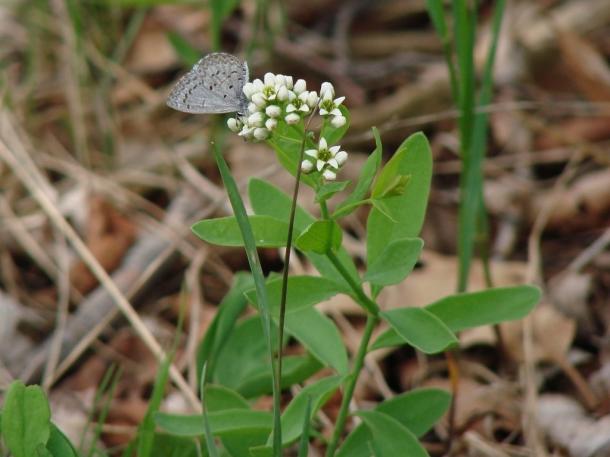



Azure Butterfly On Bastard Toadflax Flower Flnps




Bastard Toadflax Apical Stem Gall Bugguide Net




Maryland Biodiversity Project Bastard Toadflax Comandra Umbellata
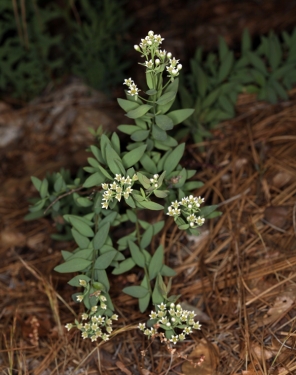



Bastard Toadflax Comandra Umbellata



Comandra Umbellata Bastard Toadflax Southwest Desert Flora
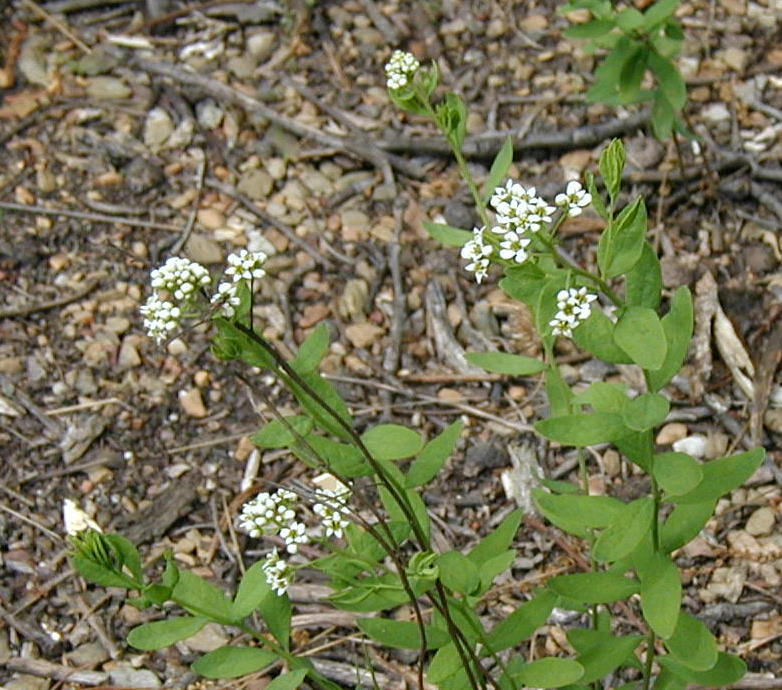



Bastard Toadflax A Parasitic Woodland Herb




Pale Bastard Toadflax Comandra Umbellata Subsp Pallida Garden Org




Comandra Umbellata Bastard Toadflax Go Botany




Elegance Bastard Toadflax Comandra Umbellata Subsp Elegans By Jivko Nakev Jungledragon



Minnesota Seasons Bastard Toadflax Ssp Umbellata




Kansas Wildflowers And Grasses Bastard Toadflax




Bastard Toadflax Missouri Department Of Conservation




Bastard Toadflax Kaw Valley Almanac



Common Bastard Toad Flax Comandra Umbellata Var Californica Synonyms Comandra Californica Comandra Umbellata Ssp Californica



Bastard Toadflax Common Name Comandra Umbellata




Southwest Colorado Wildflowers Comandra Umbellata




Strategies For Stewards From Woods To Prairies Rotten Bastard Toadflax And Related Quandaries




Bastard Toadflax Comandra Umbellata Jungledragon



Comandra Umbellata Bastard Toadflax Minnesota Wildflowers




Propagating False Toadflax Comandra Umbellata Grassland Restoration Network




Bastard Toadflax Comandra Umbellata L Nutt



Namethatplant Net Comandra Umbellata Var Umbellata
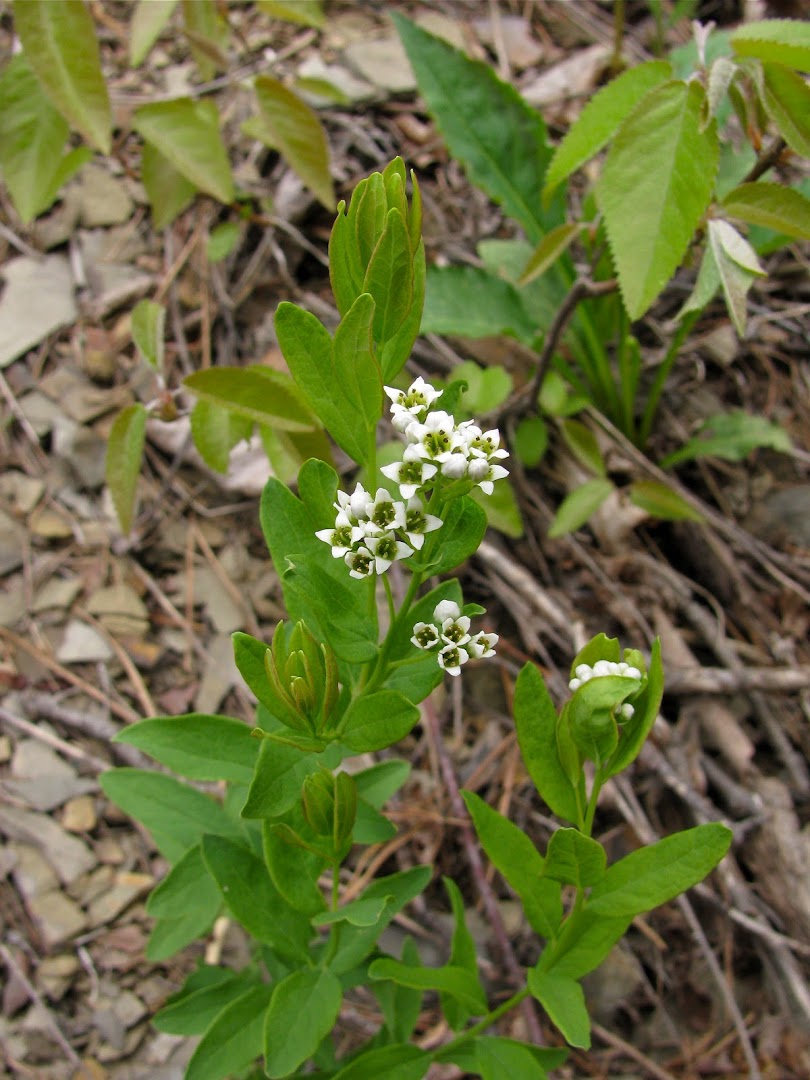



Maryland Biodiversity Project Bastard Toadflax Comandra Umbellata



Bastard Toadflax Montana Field Guide
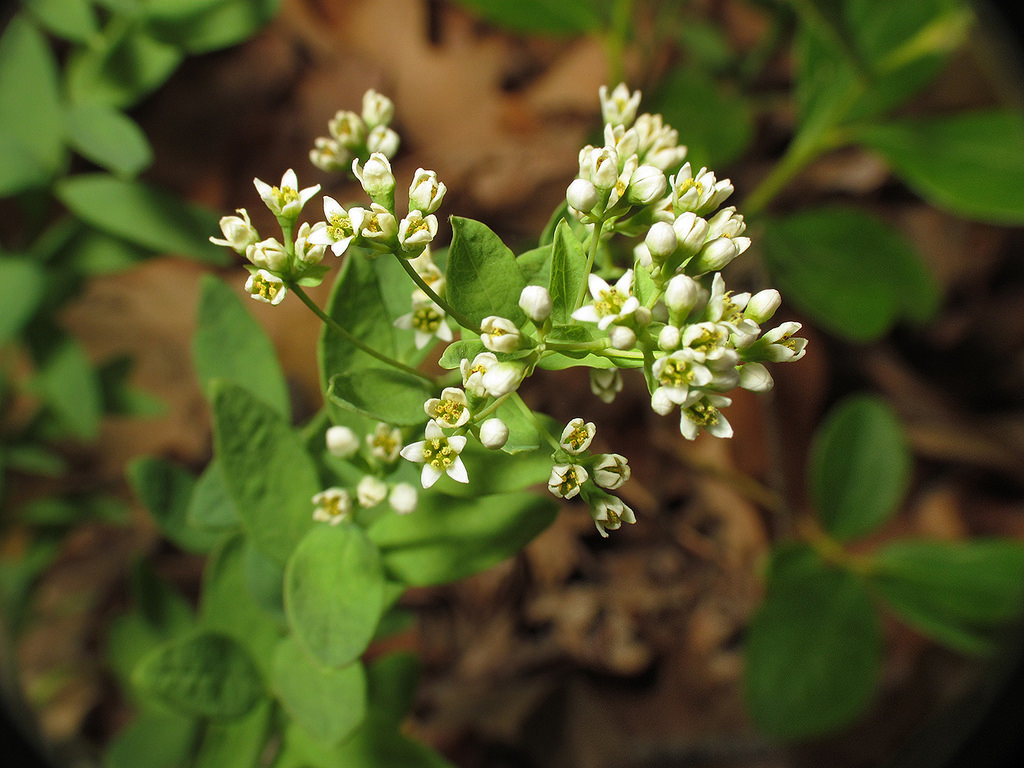



Maryland Biodiversity Project Bastard Toadflax Comandra Umbellata




Bastard Toadflax Comandra Umbellata L Nutt




Oklahoma Wildflowers Bastard Toadflax




Gallery Comandra Umbellata Bastard Toadflax Flora Of Newfoundland And Labrador




Bastard Toadflax Hd Stock Images Shutterstock



Minnesota Seasons Bastard Toadflax Ssp Umbellata




Uk Wildflowers Santalaceae Thesium Humifusum Bastard Toadflax




Geocaulon Lividum




Comandra Umbellata Bastard Toadflax Or False Toadflax Flickr



Comandra Umbellata Ssp Pallida Pale Bastard Toadflax Native Plants Of North America




Bastard Toadflax Tuesdays In The Tallgrass




Comandra Umbellata Bastard Toadflax Go Botany



Minnesota Seasons Bastard Toadflax Ssp Umbellata



Comandra Umbellata Bastard Toadflax Southwest Desert Flora
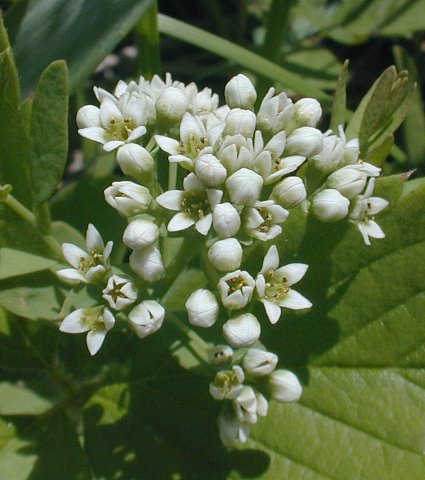



Bastard Toadflax Comandra Umbellata
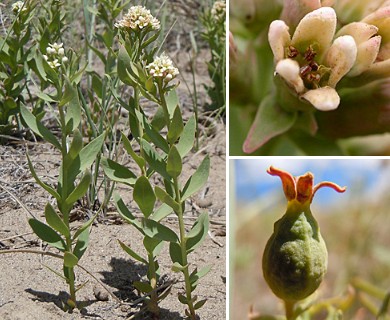



Comandra Umbellata Bastard Toadflax



Comandra Umbellata Bastard Toadflax Minnesota Wildflowers




Bastard Toadflax Comandra Umbellata



Bastard Toadflax




Bastard Toadflax Hd Stock Images Shutterstock




Bastard Toadflax Tuesdays In The Tallgrass




Pale Comandra Bastard Toadflax Comandra Umbellata




Pin On Colorado Wildflowers Of Six Mile Fold Boulder County Open Space




Comandra Umbellata Bastard Toadflax Southeastern Arizona Wildflowers And Plants
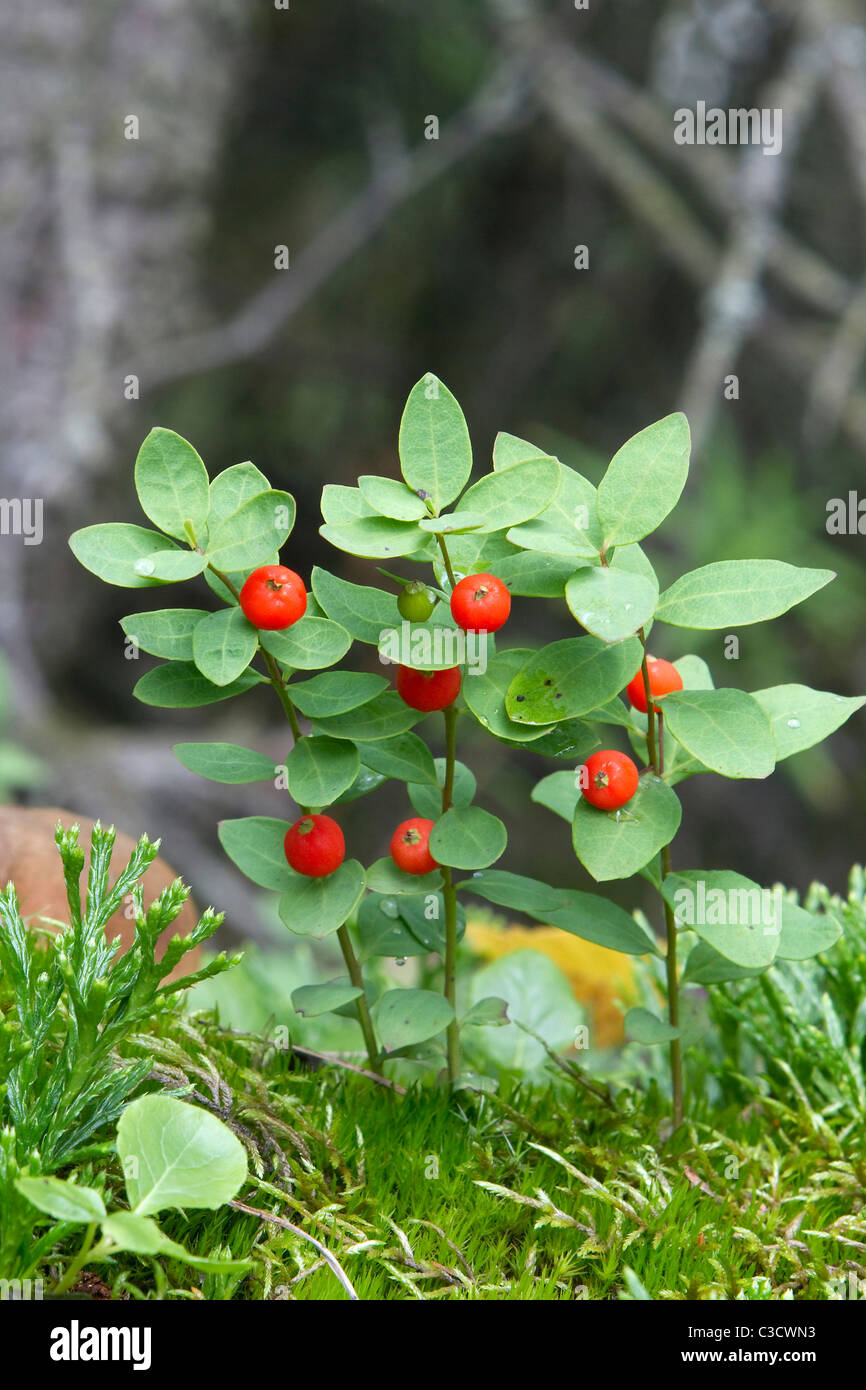



Northern Bastard Toadflax Geocaulon Lividum Fruiting Plant Alaska Usa Stock Photo Alamy




The Power Of Bastard Toadflax Bur Oak Land Trust
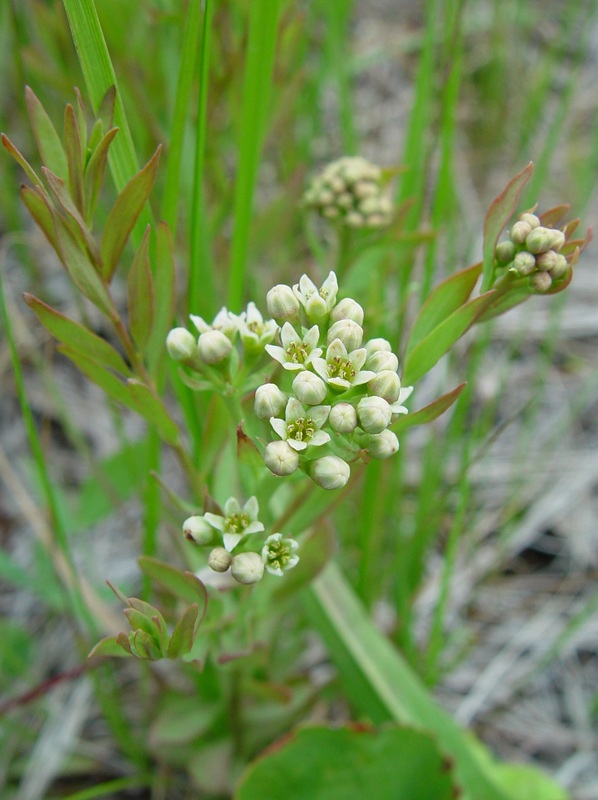



Comandra Umbellata Bastard Toadflax Growiser Net




Bastard Toadflax Natural Areas Notebook




Bastard Toadflax



0 件のコメント:
コメントを投稿